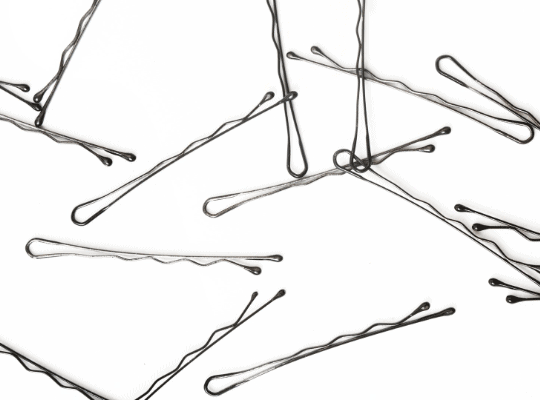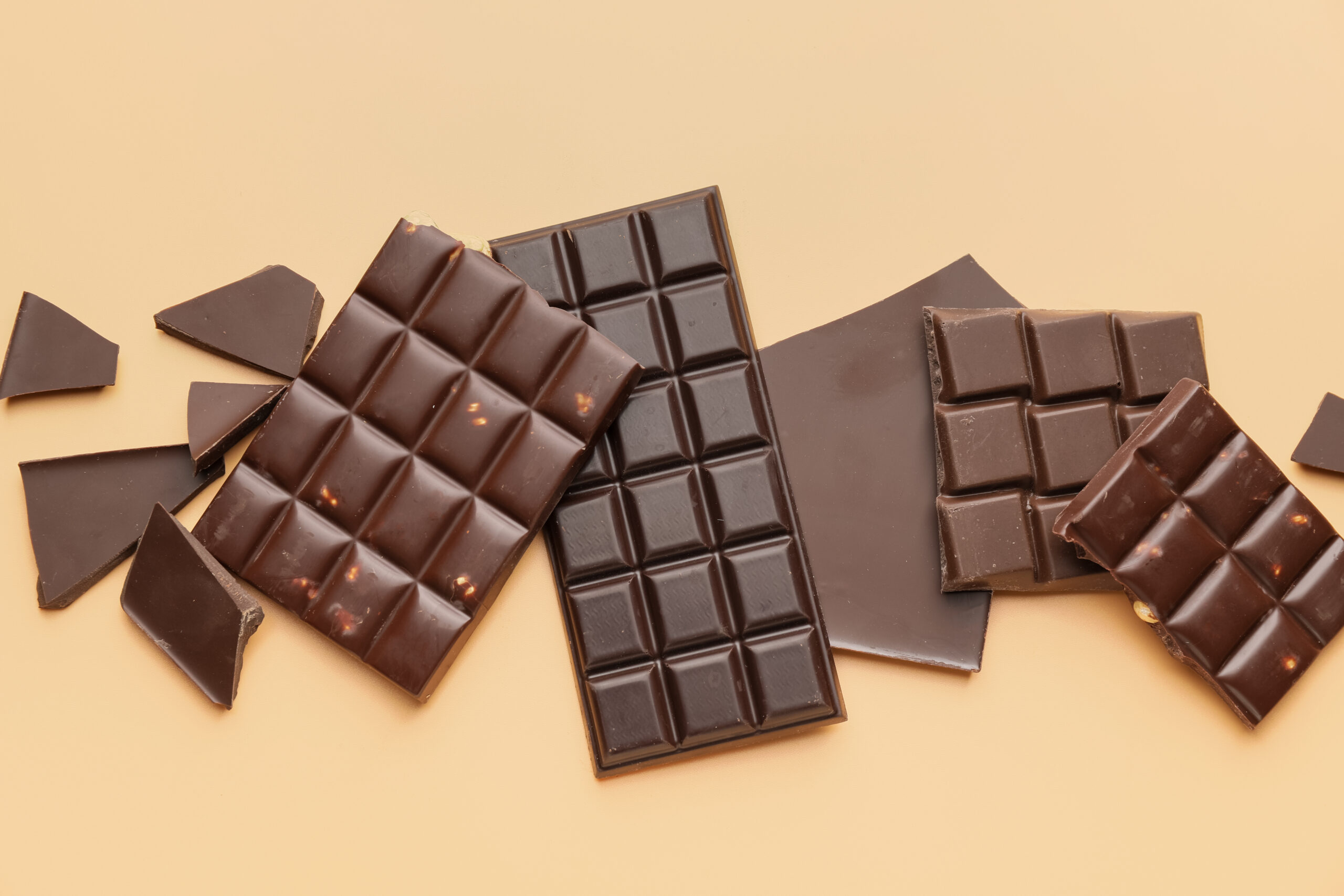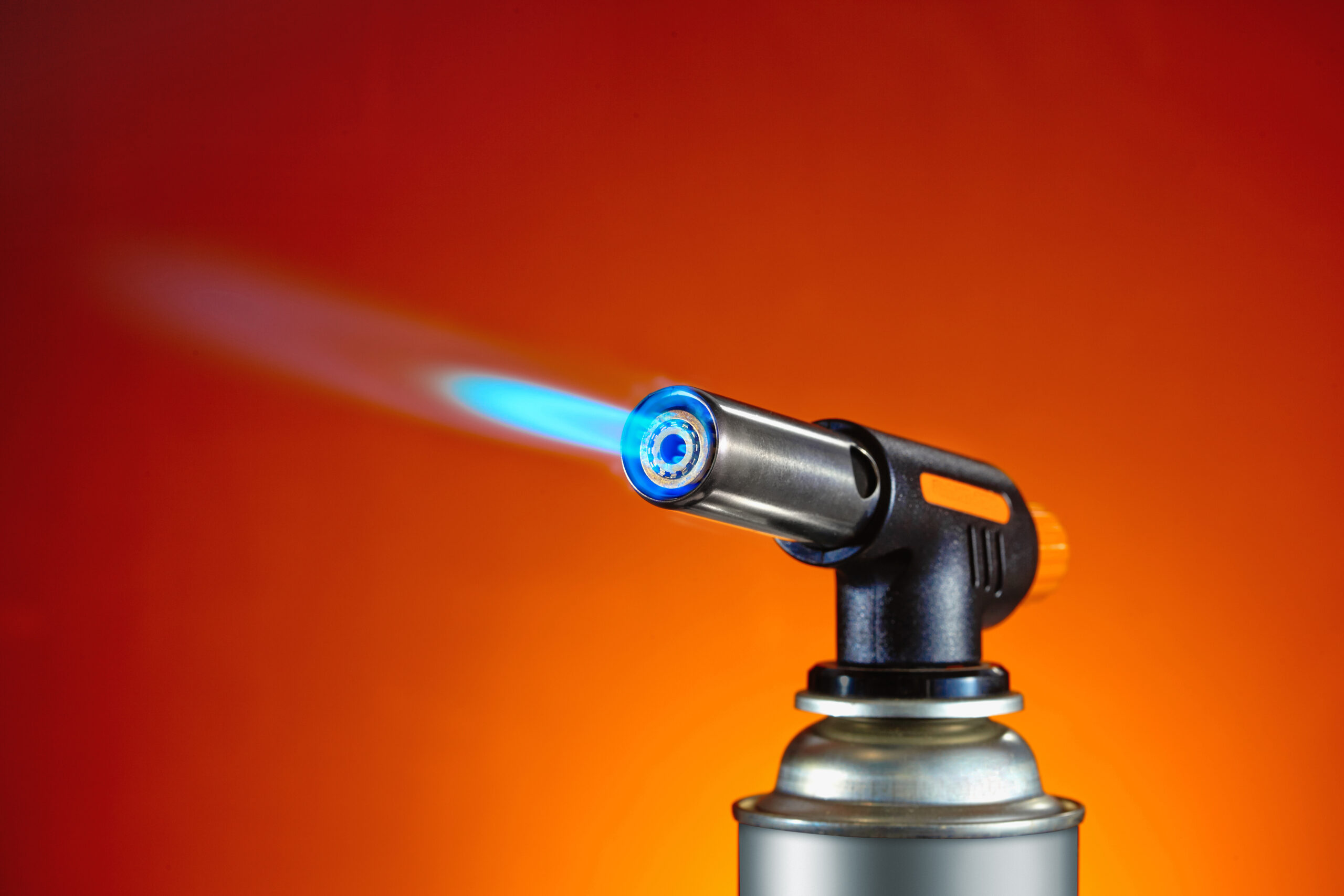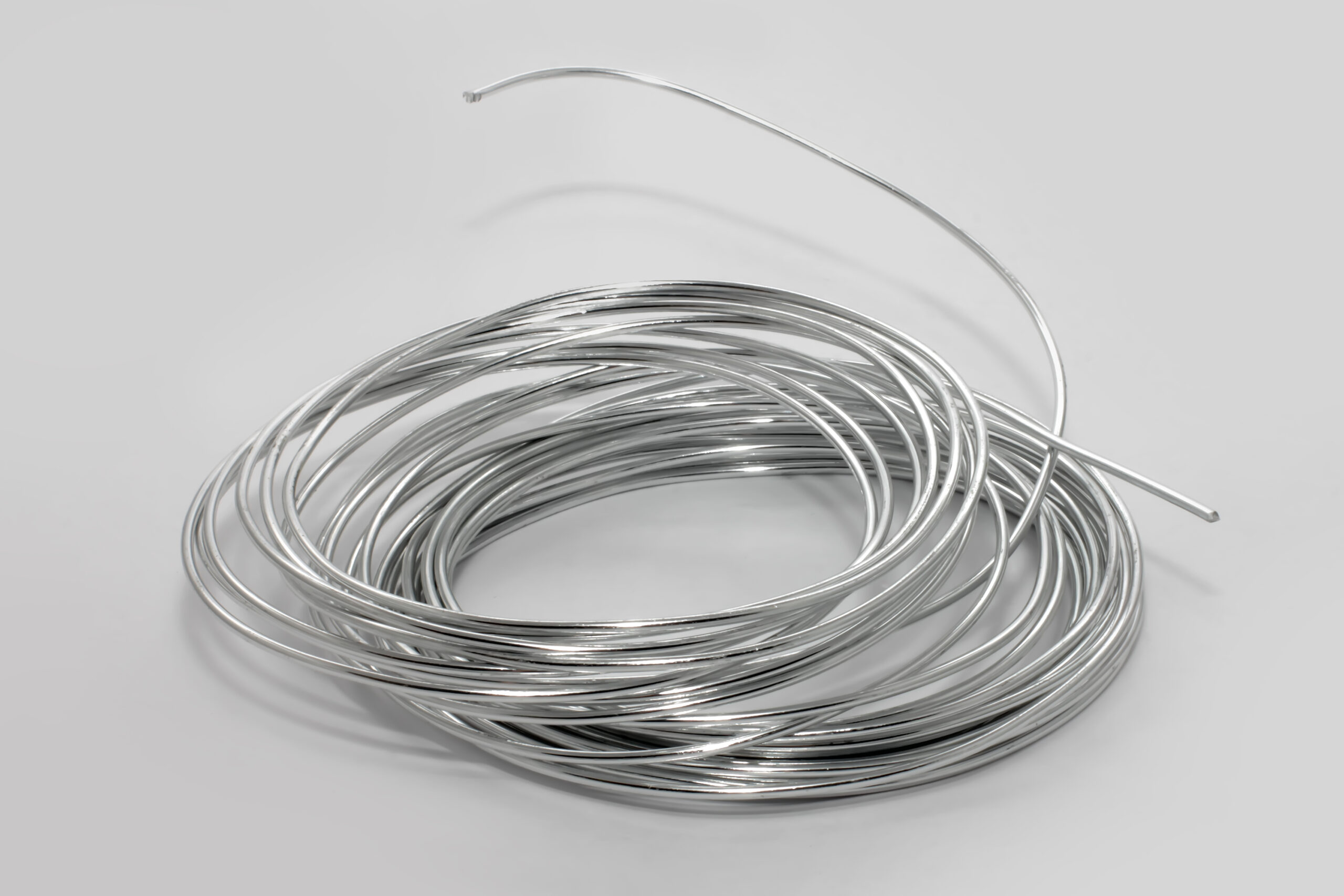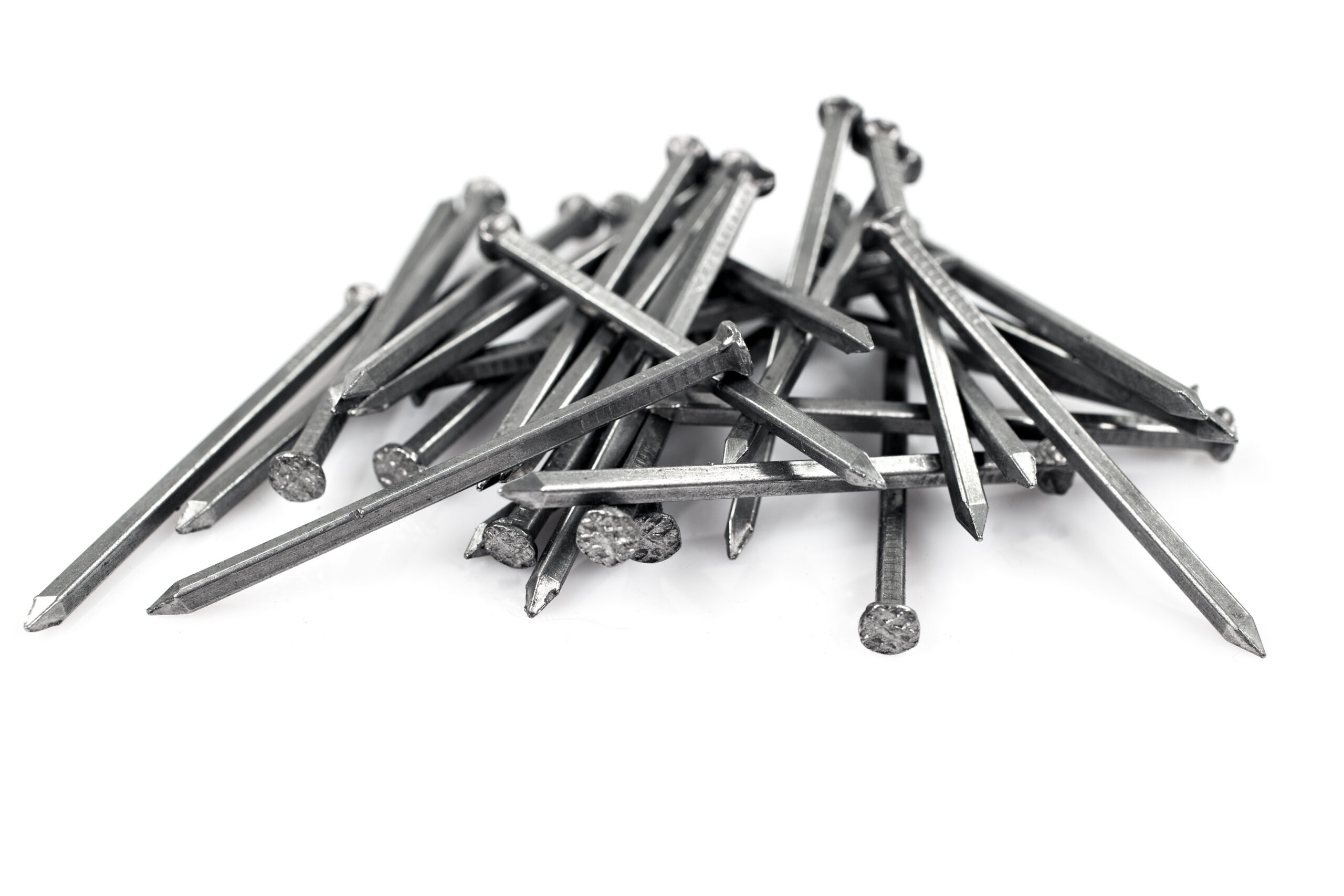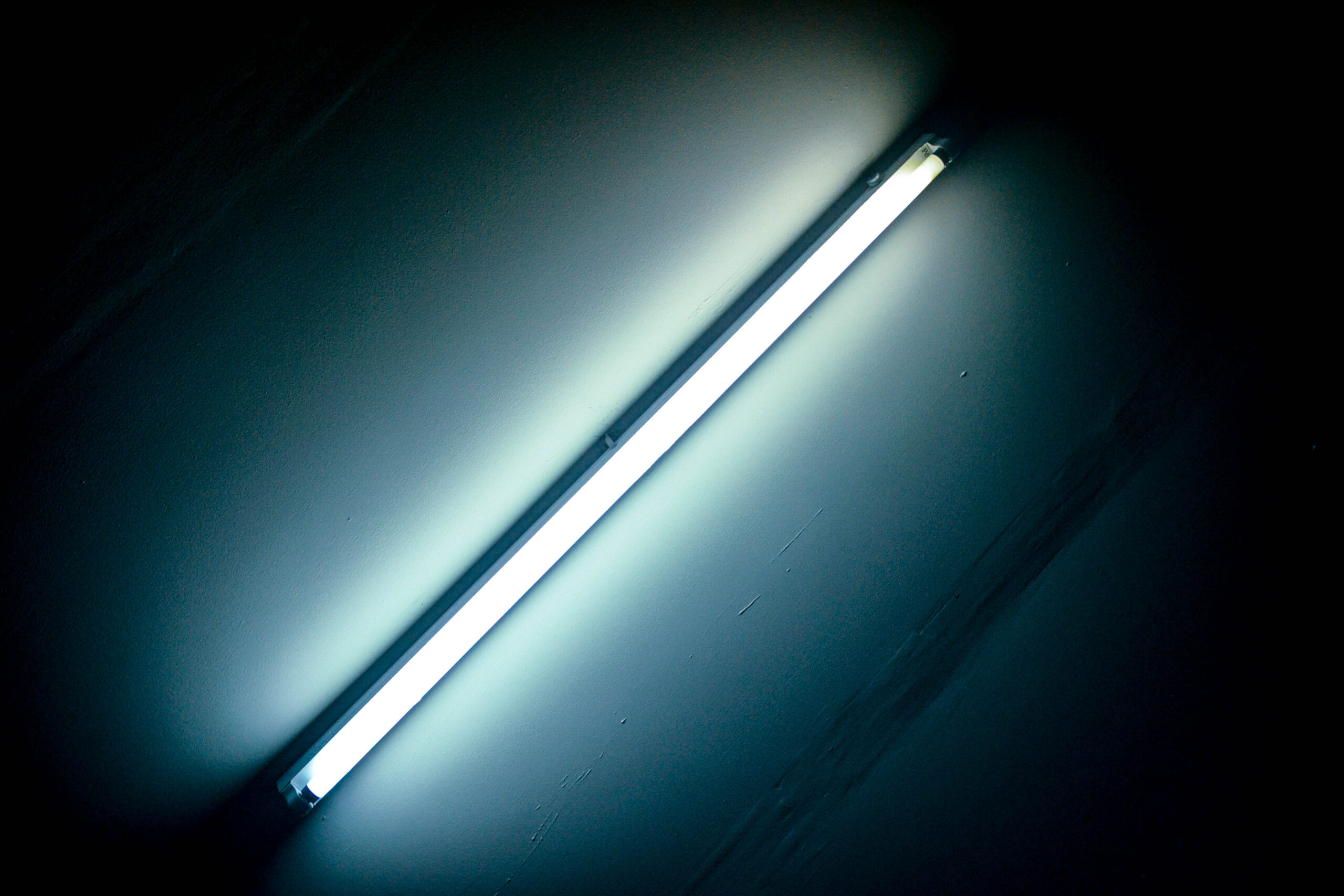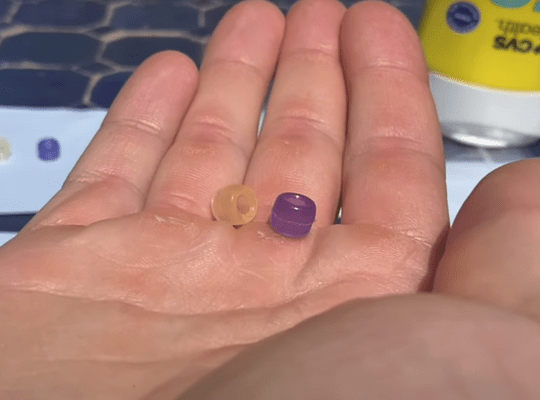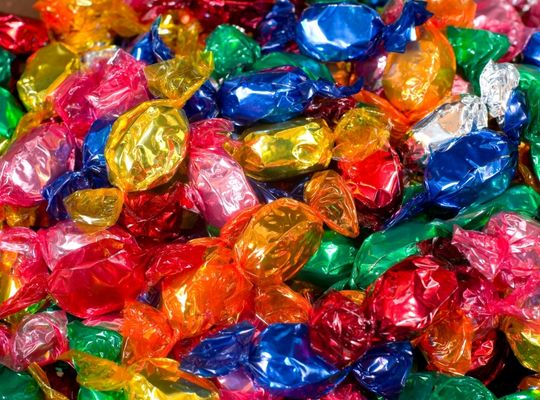Materials Science Classroom Kit Lessons
Demonstrate how thermal treatment influences mechanical properties of steel bobby pins.
Simulate glass fiber production by melting and pulling fibers from Jolly Ranchers®.
Test different chocolate bars to show the impact of microstructures on flexural strength.
Introduce composites by designing, making, and strength-testing reinforced Portland cement pucks.
Examine glass's ability to absorb ions during thermal treatments through a borax bead test.
Demonstrate how materials can withstand high temperatures using a propane torch and refractory brick.
Demonstrate the piezoelectric effect of ceramic disks and polymer films using LEDs.
Illustrate thermal shock using different glass rods to explore methods of improving thermal shock resistance.
Mini Materials Kit Lessons
Compare the strength of heat-treated and untreated aluminum nails to demonstrate how thermal processing affects metal properties.
Investigate light transmission through optical fibers using an LED light source and a plastic fiber optic cable.
Examine the phenomenon of fluorescence in rare earth-doped glass using UV light, and explore its applications in various industries.
Simulate glass fiber production by melting and pulling fibers from Jolly Ranchers®.
Explore ultraviolet light detection and protection using color-changing plastic beads exposed to various light sources and materials.
Explore the unique viscoelastic properties of Silly Putty through hands-on experiments demonstrating its elastic, plastic, brittle, and fluid behaviors.
Glass Kit Lessons
Create sugar glass to explore glass properties, processing techniques, and characterizations including fiber pulling and refractive index.
Investigate light dispersion and refraction through various materials using prisms, monochromatic light, and semicircular acrylic glass.
Observe the formation and behavior of bioactive glass microbeads to understand encapsulation and drug delivery mechanisms.
